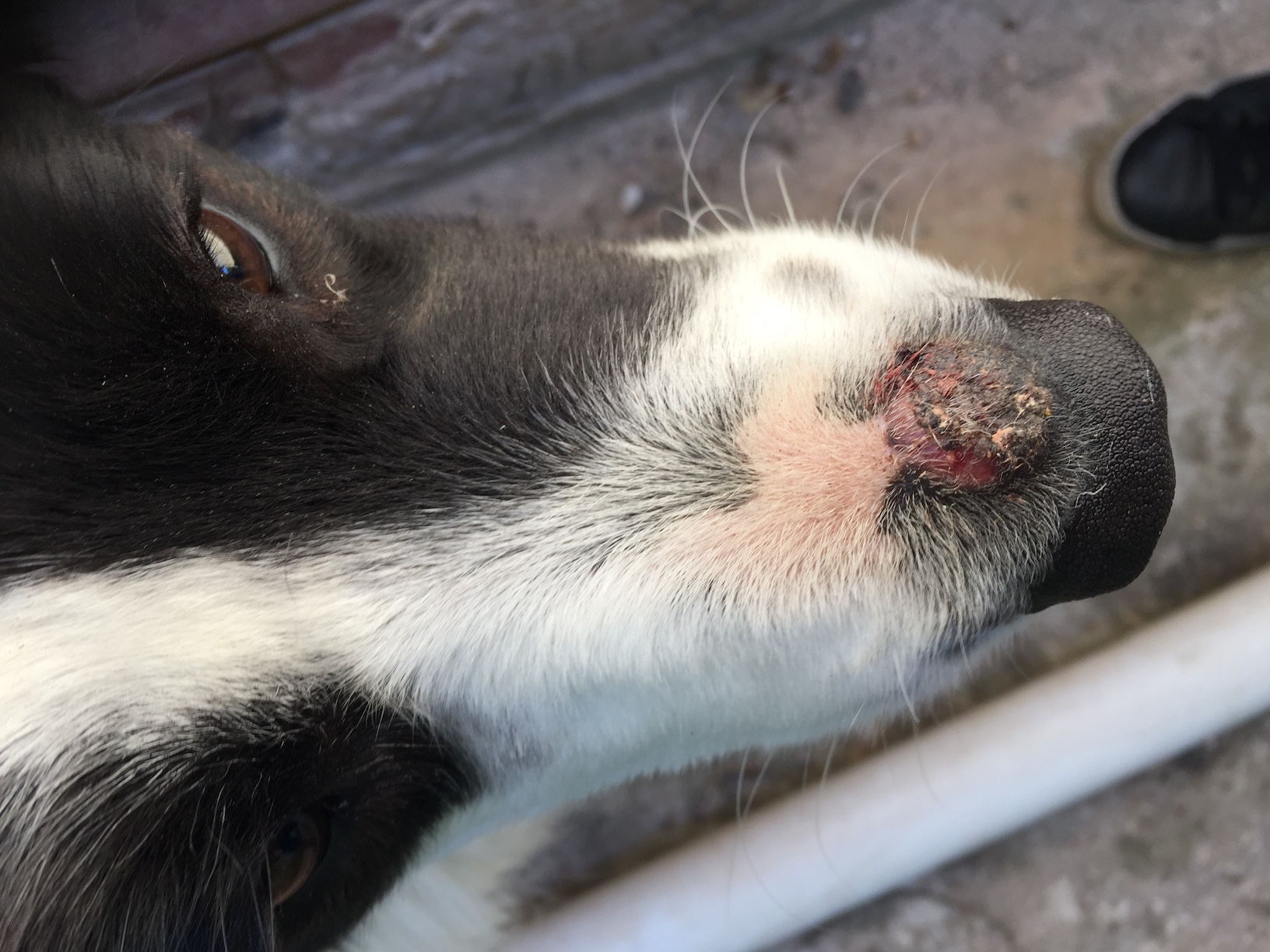
Natasha’s vision is to further her research and training to the point where protocols, procedures and HRD dog teams are available to every Canadian province and major police force.

To that end, after obtaining next-of-kin permission, many NS families and organ donors have generously consented to allow their remains to be used for this important research and training. Due to this, it is critical for HRD dogs to use actual human remains for training.

Humans have a unique scent signature when they pass away that is difficult to synthesize and cannot be replicated with animal remains. If you did not have enough reasons to sign your Organ Donor’s card and talk to your family about your final wishes, Natasha gave us another one. Some UK cadaver dogs have found human remains in depths of 30 feet!

Here are just some of the abilities of these dogs: Some particular breeds like German Shepherds, Bloodhounds or Cocker Spaniels are even more suited as scent dogs due to temperament and agility, and are widely used for a variety of purposes by police, military and emergency agencies. Dogs in general have millions more scent receptors compared to a human. The audience received an enlightening education on the amazing capabilities of these hard-working animals. Talented dogs like Doc would be another resource to enable these organizations to complete timely and safer recoveries of human remains. Generally this task falls to specialized police units such as the RCMP Underwater Recovery Team or volunteer search and rescue organizations. Although rare, a need for the same capability is required in Canada. These dogs are unsung heroes who provide grieving families with closure after the tragedy of losing a loved one. In the aftermath of 9/11, when the search and rescue canine units had done all that they could do, the cadaver dog units came in to help pinpoint human remains. Photo courtesy of NS RCMPĪs Natasha explained, other parts of the world such as the US or Europe have led the way with HRD/cadaver dog research and use for many years now. From the videos during the presentation, it is obvious that this remarkable dog is proficient at his work. In 2014, he was picked for the new HRD program, spearheaded by NSMES, who had brought in the scientific and research expertise of Natasha.

Originally, Doc started his RCMP career at the Halifax airport sniffing for explosives. But with the help of RCMP dog handler Constable Brian Veniot and a six year old German Shepherd named Doc, they are Canada’s first team to be trained on donated human remains through the NSMES procurement program. They are not the first who have worked with HRD dogs, also known as cadaver dogs, as there are other Canadian organizations with them. In cooperation with the NSMES and the RCMP, Natasha is pioneering Canadian research in the field of human remains detection (HRD) dog training. On May 10, 2017, as part of their Distinguished Speaker program, the Royal United Services Institute of Nova Scotia was privileged to arrange a presentation by Natasha Dilkie, MSc, titled “ Human Remains Detection: Validity of Dog Training using Donated Human Remains in the Province of Nova Scotia.” The presentation was generously hosted by the RCMP at their “H” Division headquarters in Dartmouth and was well attended by RUSI(NS) members and guests including representatives of the Nova Scotia Medical Examiner Service (NSMES) and Halifax Regional Police. (Original article published on RUSI(NS) website) RCMP HRD Dog – Innovative Research in Nova Scotia Doc displaying his ‘Indication’ upon finding human remains during a training exercise.


 0 kommentar(er)
0 kommentar(er)
